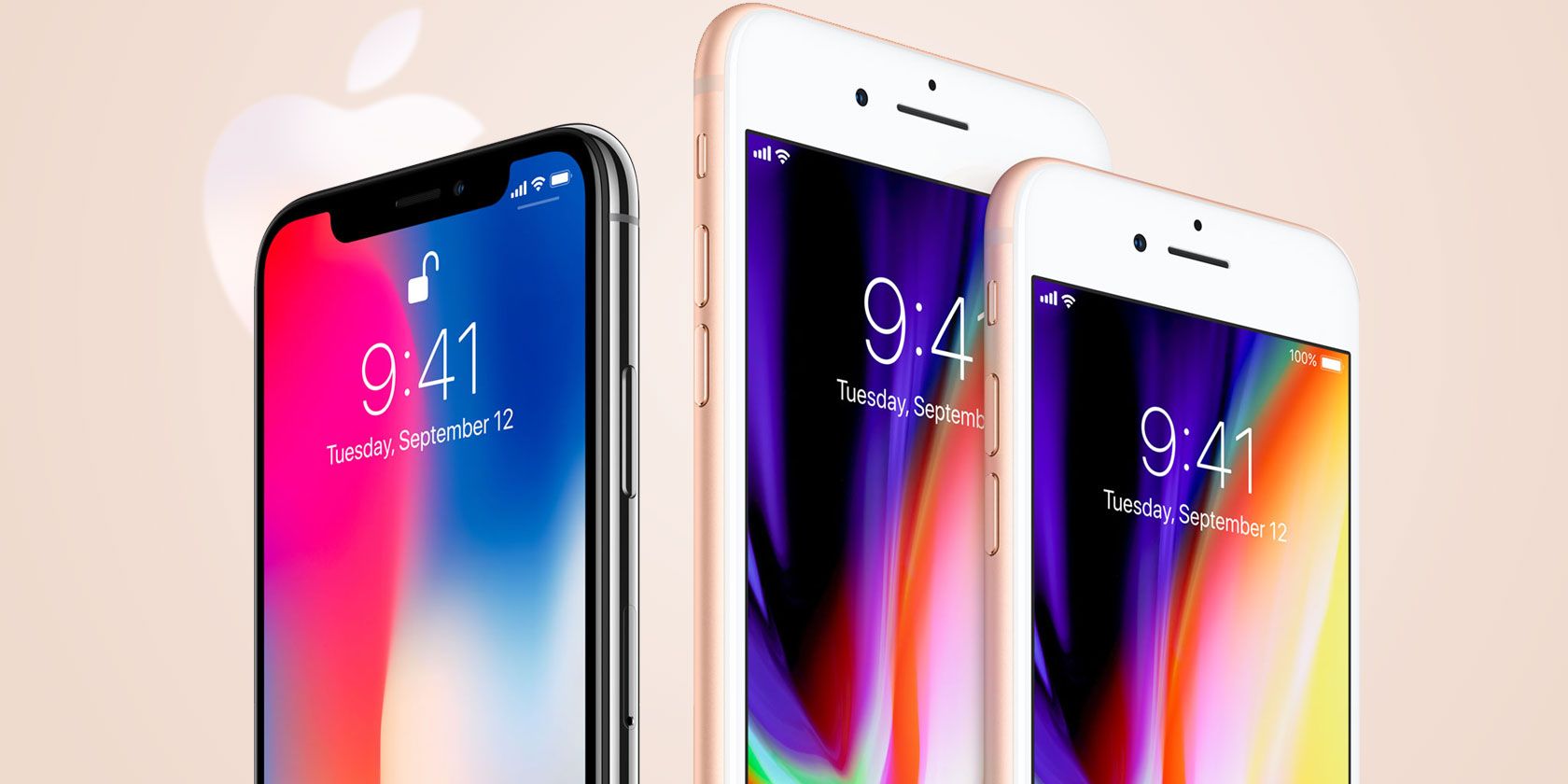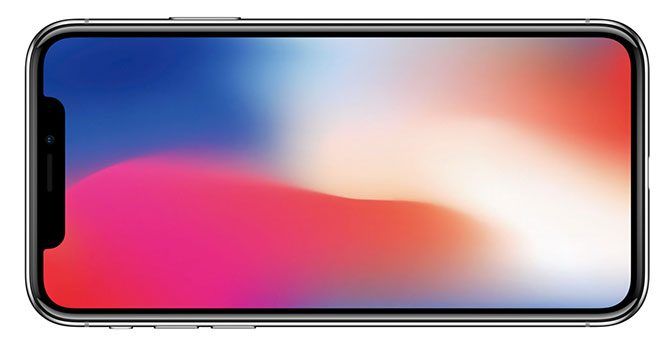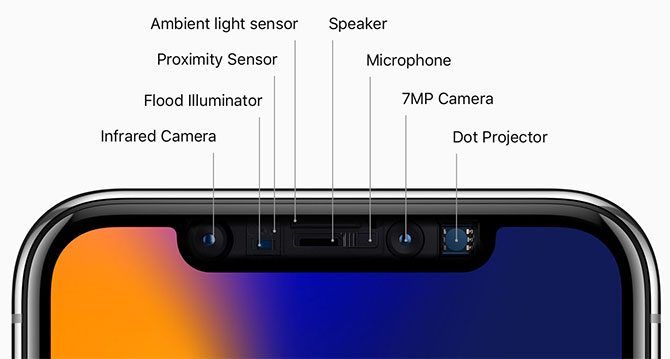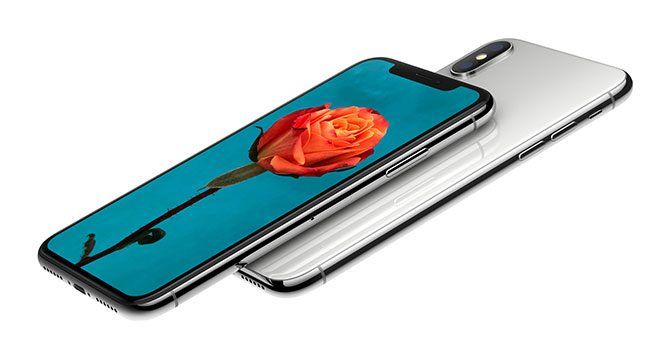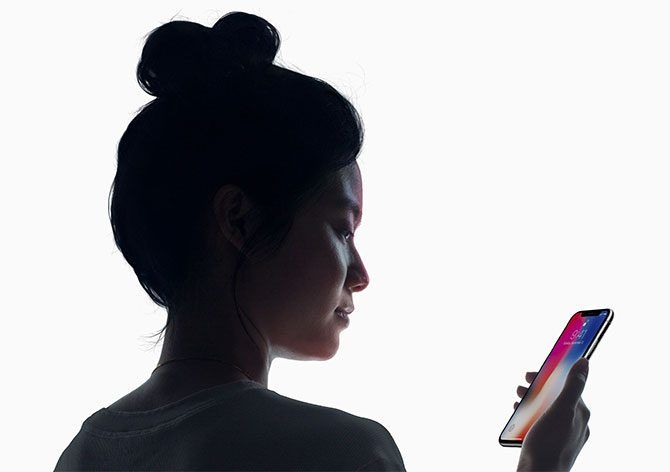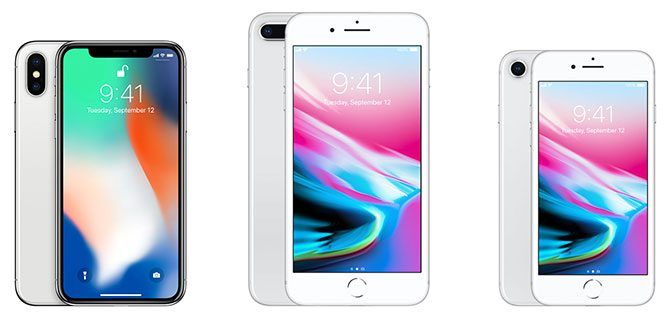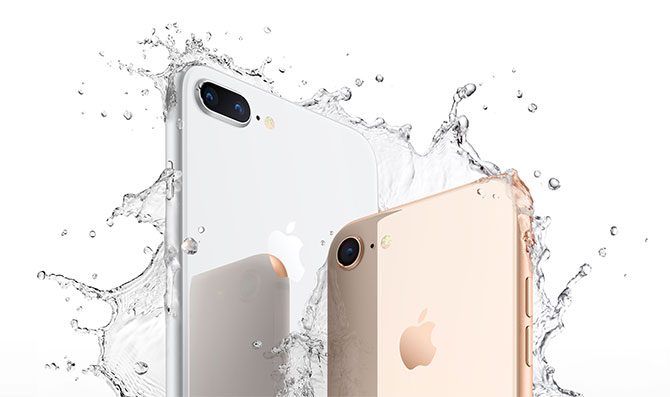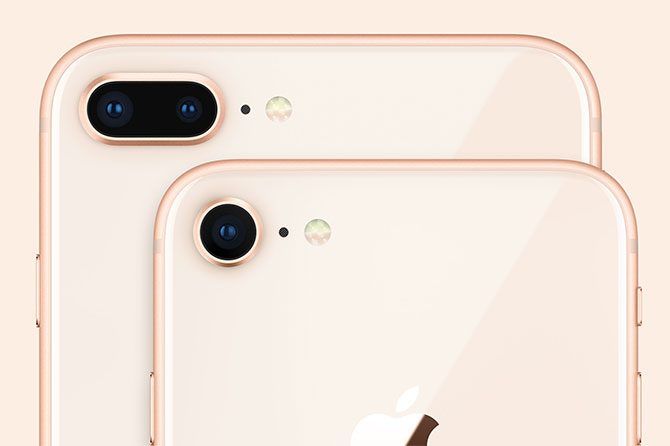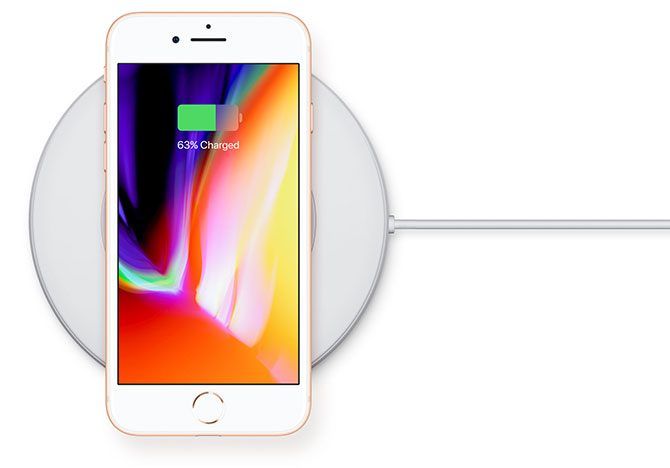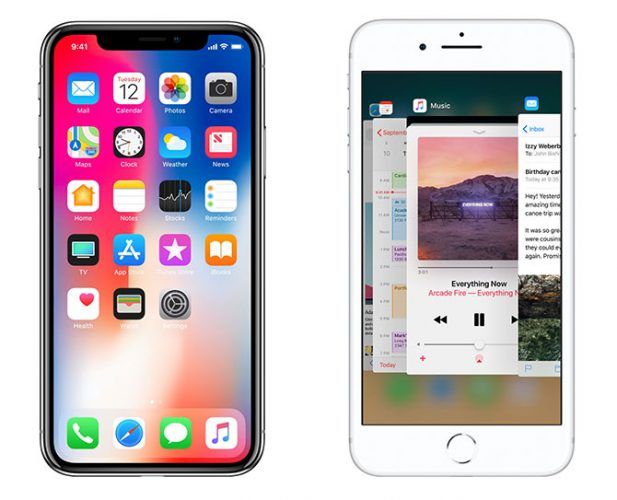At their fall 2017 iPhone event Apple announced the predictable iPhone 8 and Plus-model updates, but also the long-rumored iPhone X (pronounced "ten"). The new model has been described by Cupertino and pundits alike as the future of the iPhone, and it's easy to see why.
So what's so special about it? And can you really justify the $999 price tag, up from the usual $649 Apple is charging for the refreshed iPhone 8?
iPhone X: The Future of iPhone
Apple was always obsessed with removing buttons and controls, and instead building devices that resembled large displays. They did it with the original iPhone, then they did it with the iPad, and now they've taken it a step further with the iPhone X.
As many of the rumors confirmed, the iPhone X is all-screen with no home button. Gone is the traditional fingerprint scanner, in favor of a new True Depth camera at the top of the device. You now unlock your iPhone X with Face ID, facial recognition that can apparently keep up with your ever-changing appearance (even if you're wearing glasses).
The new technology creates a 3D depth map of your face and allows you to do things like unlock your iPhone, complete Apple Pay purchases, or download apps by looking at the screen. We won't know how well it works till November when the device is released, but there's more to consider than the technology's ability to read your features.
The screen that makes up almost the entire front of the device is a 5.8-inch Super Retina OLED panel that delivers deeper blacks, better colors and increased power efficiency. It's the one area Apple's smartphone displays have been lacking, with the Apple Watch and MacBook Pro touch bar each serving as warm-ups for this moment.
The display delivers a contrast ratio of 1,000,000:1, full support for high dynamic range (HDR) content, edge-to-edge coverage, and Apple's True Tone technology matches whites to ambient lighting conditions. No home button means you'll be navigating with swipes and gestures, rather than presses.
The overall design is familiar, but there are a few important differences. The front and back of the device are covered in the "most durable glass ever in a smartphone" according to Apple. Surgical-grade stainless steel sits in the middle, harking back to the days of the iPhone 4's glass-and-steel sandwich.
Another welcome addition to the iPhone range is wireless charging, delivered via a plate in the back of the device. It's compatible with Qi wireless charging stations, but Apple is also introducing their own AirPower mat for charging your Watch, iPhone, and AirPods at the same time.
As you'd expect, the iPhone X retains the same dust and water resistance seen on the iPhone 7. You can use the True Depth camera on the front to take selfies using Portrait Mode, while a new Portrait Lighting feature mimics "studio-quality" lighting conditions.
True Depth tech also allows you to project your own expressions onto 12 animated emoji, or "Animoji." You can then send them via iMessage, but not to non-Apple devices. You'll find the same dual-camera setup on the iPhone X as we've seen on the iPhone 7 Plus, with refreshed 12-megapixel sensors, a new telephoto camera, and optical image stabilization.
And powering it all is the new A11 Bionic chip with Neural Engine for making use of the new facial recognition features. It's 70% faster than the A10 Fusion chip, with two extra "performance cores," and coupled with a custom battery design Apple's promises two hours more battery life than an iPhone 7.
Size-wise, the screen is larger than that of the iPhone 8 Plus while the device is slightly narrower and noticeably shorter. Battery life is comparable with the Plus models, at 21 hours talk time, with fast charge to 50% in only 30 minutes. It comes in two colors: space gray and silver.
Not a bad phone, and yours for "only" $999 for the base 64GB model, or $1,149 for the 256GB model.
iPhone 8: The One You'll Probably Buy
Apple's other big announcement was the iPhone 8. It's a refinement of the previous model, to the point where it probably could have been called the iPhone 7s. The main difference most users will spot immediately is the new glass finish on the back of the device.
It uses the same "most durable glass ever" as the iPhone X, and it's available in space grey, silver, and gold. A new steel substructure sits beneath the aluminum for additional rigidity, and it retains the same dust and water resistance seen in the previous model. So far, so iPhone 7.
The iPhone 8 includes the new A11 Bionic processor, but it foregoes the fancy new Face ID facial recognition technology (and the Neural Engine it relies on). It uses the same six-core approach as seen in the iPhone X, perfect for implementing Apple's big augmented reality (AR) plans.
The new Retina HD display might not be OLED, but it boasts a wide color gamut, 3D Touch, and True Tone technology for accurate white balance based on ambient lighting conditions. There's a 12-megapixel camera with a "faster" sensor and the same software refinements to Portrait Mode seen on the iPhone X.
A new set of speakers promise a 25% boost in volume, with better bass response to boot. Biometrics are still included by way of a Touch ID fingerprint scanner — could it possibly the last one we'll ever see on an iPhone?
Apple also saw fit to add wireless and fast charging to the iPhone 8, which are both overdue but very welcome features for those on a budget. Less impressive is the company's choice to forego the 128GB option, with only 64GB and 256GB devices available for $699 and $849 respectively (add an extra $100 for the Plus model).
So Which Do You Choose?
Your budget and priorities will dictate which of the three new models are for you. The iPhone X is ostensibly the new flagship device, with bleeding edge features, and that "business class" aesthetic. That said, features like animated emoji that use facial recognition for expressions don't scream "boardroom" to me.
You'll have to wait till the 3rd of November if you want an iPhone X, with pre-orders starting on the 27th of October. If you need a new iPhone right now, the iPhone 8 is your best choice (and the iPhone 7 is still an excellent option too).
It's also worth considering the fact that the iPhone X is full of brand new technology, and that technology will improve dramatically year-on-year. Consider the sluggish and imprecise nature of Touch ID when it first arrived, and how much it improved after only a year. Face ID will get better in time, but we won't know how good it is from the outset till November.
The glass-and-steel sandwich looks great, but it'll take some real-world drops to find out just how tough the glass really is. The same can be said for the iPhone 8, so if you're averse to glass smartphones then the iPhone 7 might have to do for now.
The 8 is arguably the safest bet. It's a familiar design, with updated internals that put it on par with the $999 iPhone X in most areas. It's powered by the A11 Bionic chip, it comes with wireless charging, and it's been built with AR support in mind.
If you're buying an iPhone for the latest and greatest features, and you have an iPhone 7 already, then the iPhone X is the only way to go. The iPhone 8 is a refined device, but it lacks the flagship technology seen on the iPhone X.
If you're looking for an Apple smartphone and you don't have a grand burning a hole in your back pocket, the iPhone 8 will tick the boxes and save you $300 over the more expensive model. You could also explore the possibility of an iPhone 7 from $549 (a saving of $150) or even the pint-sized iPhone SE for only $349 (that's almost a third of the price of the X).
Also Consider: Saving Your Money
You don't have to buy the latest iPhone. Assuming your old iPhone still works, iOS 11 should freshen things adequately, and it won't cost you a thing. If you do go for a new iPhone X or 8, consider buying it outright since carrier bundles will cost you more in the longterm.
Over to you — what do you think of Apple's announcement? Something something sheeple Crapple iBad? Have your say in the comments below.

